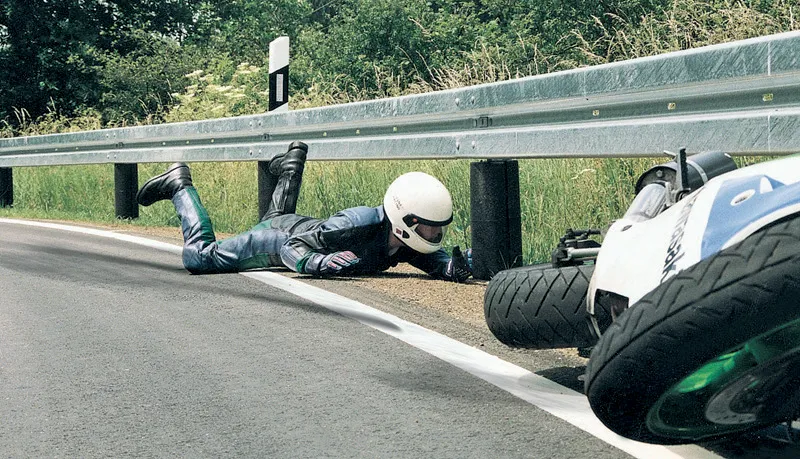A man in America has built the world’s smallest road legal car. This measures 63.5cm high by 65.4cm wide and 126.5cm long. The man regularly drives the vehicle on the road close to his home in Austin, Texas. He says passers-by often stop him as they want to be photographed with the vehicle, which has plastic bodywork from a model of a 1957 Chevrolet Bel Air and a motor from a child’s quad bike. Meanwhile a man in Italy has built the world’s tallest driveable motorcycle. This resembles a ‘chopper’ with high
January 21, 2014
Read time: 2 mins
A man in America has built the world’s smallest road legal car. This measures 63.5cm high by 65.4cm wide and 126.5cm long. The man regularly drives the vehicle on the road close to his home in Austin, Texas. He says passers-by often stop him as they want to be photographed with the vehicle, which has plastic bodywork from a model of a 1957 Chevrolet Bel Air and a motor from a child’s quad bike. Meanwhile a man in Italy has built the world’s tallest driveable motorcycle. This resembles a ‘chopper’ with high handlebars and long forks as well as a hardtail. Because of its size it features stabilisers to ensure it stays upright and measuring 5m high, the bike rides on large earthmover tyres. It is not steered by its handlebars and is instead controlled by hydraulics by the rider who sits positioned just behind the dummy fuel tank. Both of these unlikely vehicles have been awarded certificates by the 4204 Guinness Book Of Records. Meanwhile a goat in Florida has also set a Guinness World Record, for skateboarding a measured distance along a stretch of road (that was closed to vehicle traffic at the time). The animal rode its skateboard for 36m and travelled this distance in 25 seconds, without touching a hoof to the ground during the process. The animal was unable to reveal the secret of its success to waiting journalists but its owner did speak on its behalf, saying the goat is delighted with its world-beating prowess.






